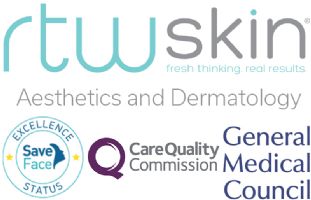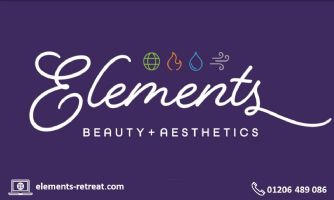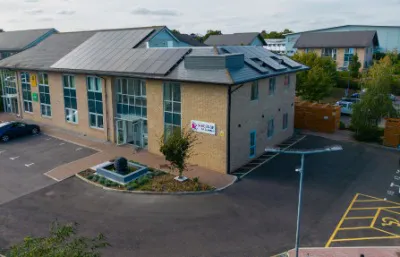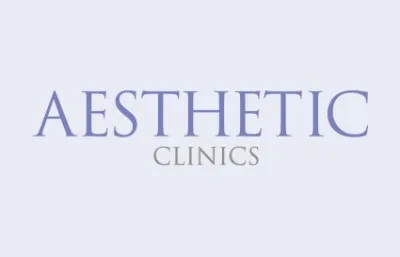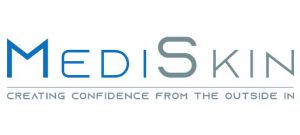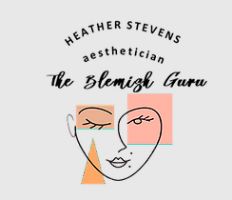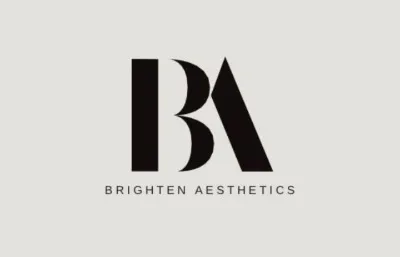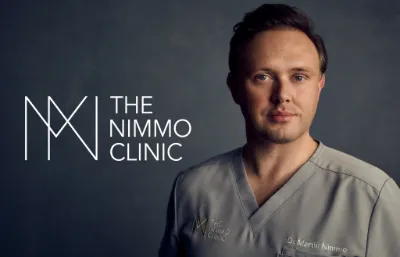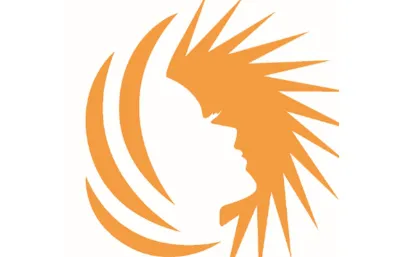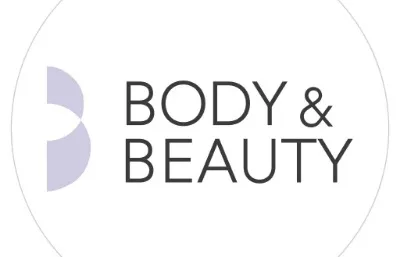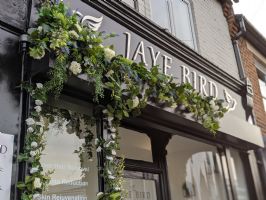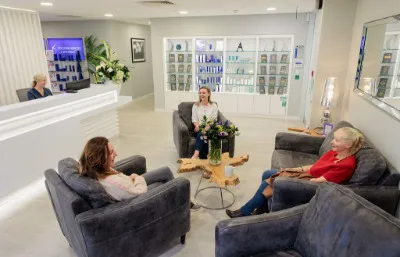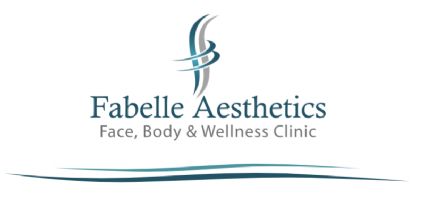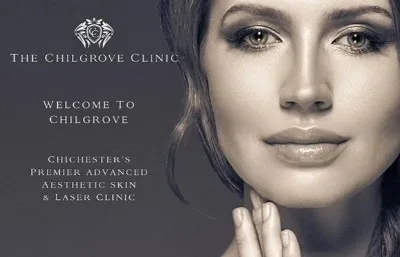Many acne sufferers recognise that small amounts of sun exposure may initially improve the appearance of acne, and as the skin darkens, blemishes may be less noticeable. However, prolonged exposure promotes more rapid exfoliation of dead skin cells, so you’re more likely to get clogged pores. In addition, acne’s unsightly souvenirs, post-inflammatory hyperpigmentation and macules, will actually get darker if you spend time in the sun.
Over time, sun damages the skin and increases the likelihood that your acne will leave scars as well as increase your chances of getting some form of skin cancer.
In 2003 clinical trials allowed a number of machines utilising light for the treatment of active acne to receive FDA (Food and Drugs Administration) approval in the US – allowing the companies to promote their device for the treatment of this skin disease.
There are two main approaches which are being used and evaluated clinically:
1) The use of light to kill bacteria
The first of these approaches targets the bacteria that produces the inflammation associated with acne - Propionobacterium Acnes, or P. acnes.
Porphyrins are naturally occurring molecules that reside alongside the P.Acne bacteria in the infected pore. Porphyrins are photosensitive and light of certain colours can cause the release of oxygen from this molecule which destroys the anaerobic P.acnes bacteria. (It is thought that this is how natural sunlight also helps to improve acne).
2) The use of light to reduce the production of sebum
Another way to treat acne using laser technology is to damage the sebaceous (oil) glands in the skin by a thermal or heat effect.
Skin samples taken immediately after treatment with certain types of lasers show heat-induced changes of the sebaceous glands, reducing the amount of oil produced.
The laser emits a wavelength of light that is strongly absorbed by water within the skin. This generates heat in and around the sebaceous glands. By creating a mild thermal injury just below the skin’s surface, a laser can alter the structure and function of the sebaceous gland, leading to prolonged acne clearance.
Photodynamic Therapy (PDT)
Photodynamic therapy using a cream called aminolevulinic acid (ALA) has been approved by the Food and Drug Administration (FDA) to treat actinic keratosis, an early potential sign of skin cancer.
In the process of laser PDT for the treatment of acne, aminolevulenic acid or ALA, is applied to the skin.
This is absorbed preferentially by certain structures in the skin, such as hair follicles, oil glands, bacteria, or rapidly growing cells. Illumination with a high-intensity light (red light) or laser/IPL causes a reaction in the skin, resulting in destruction of the targeted tissue.
Photodynamic therapy seems to improve acne by decreasing the bacteria on the skin and by shrinking the oil-producing sebaceous glands.
What are Lasers?
A Laser is a high-energy beam of light that can transfer its energy into specific areas of the skin’s tissue to treat skin problems. These beams of light are produced in one wavelength or colour at a time, and can vary in terms of their strength and the type of tissue that they can target.
Some lasers work by killing the bacteria, and others help to reduce the production of sebum from the sebaceous glands in the skin.
What is Intense Pulsed Light (IPL)?
Intense Pulsed Light systems, although technically not lasers, use flashes of light that work in a similar way to lasers.
Their main affect appears to be antibacterial.
What is Light, Heat Energy (LHE)?
This is another treatment which you may hear mentioned. This also works by carefully controlled bursts of low-level light and heat that can help to destroy the P. acnes bacteria.
What are Light Emitting Diodes (LED)?
These can produce blue light that helps to destroy the P. acnes bacteria, and red light that can be used for Photodynamic Therapy (described above).
Additional investigational studies are ongoing with combination laser/Radiofrequency (electrical energy) systems.



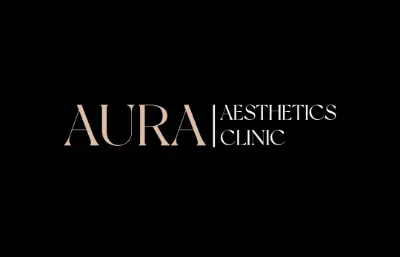
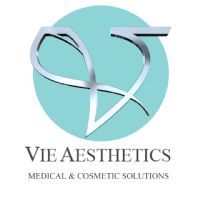
.jpg)
